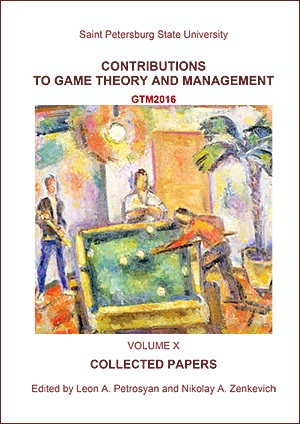Strategic Alliances Stability Factors
Abstract
The article extends the line of research on strategic alliance stability, which has been studied widely in the academic literature for the past decades. Contrary to the majority of existing papers, this study adopts a multi-dimensional view on strategic alliance stability, and differentiates between two major stability components: internal and external stability. Direct and indirect effects of trust, resource complementarity and partners' long-term orientation on external and internal stability were studied in the paper. Using structural equation modeling (SEM) as an empirical method, the research shows that (1) internal stability is positively influenced by trust and resource complementarity, while (2) external stability is positively affected by partners' long-term orientation. Moreover, (3) the study supported a hypothesis about a positive relationship between external and internal stability.
Keywords:
strategic alliance stability, internal stability, external stability, trust, long-term orientation, resource complementarity
Downloads
References
Downloads
Published
How to Cite
Issue
Section
License
Articles of "Contributions to Game Theory and Management" are open access distributed under the terms of the License Agreement with Saint Petersburg State University, which permits to the authors unrestricted distribution and self-archiving free of charge.




